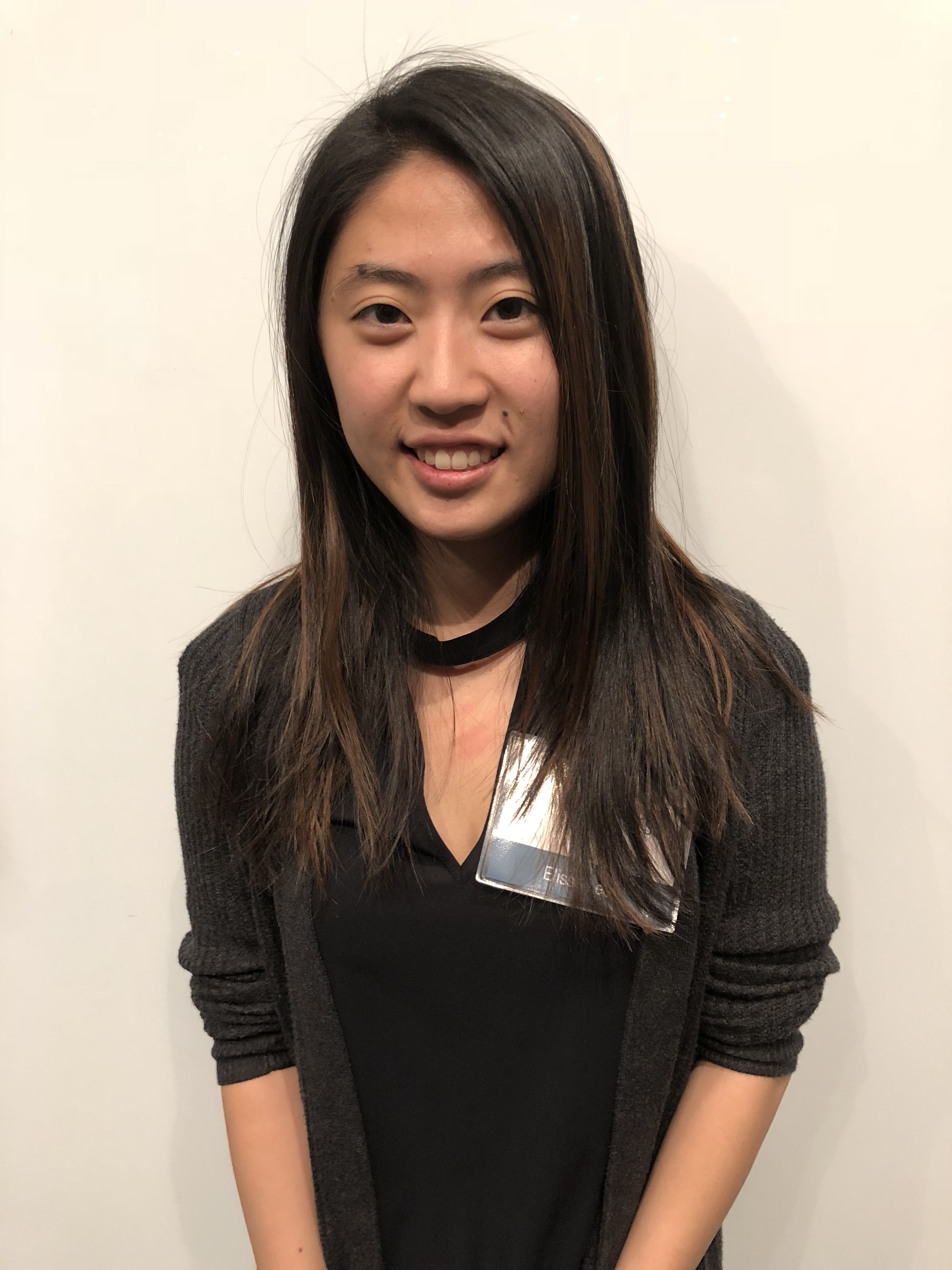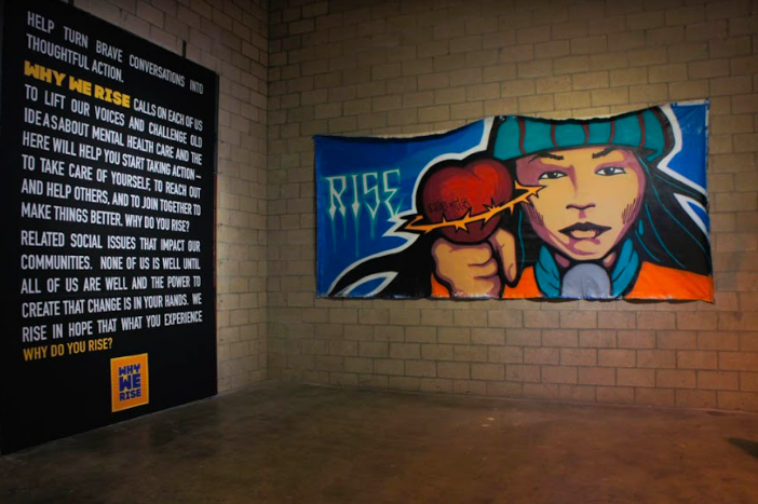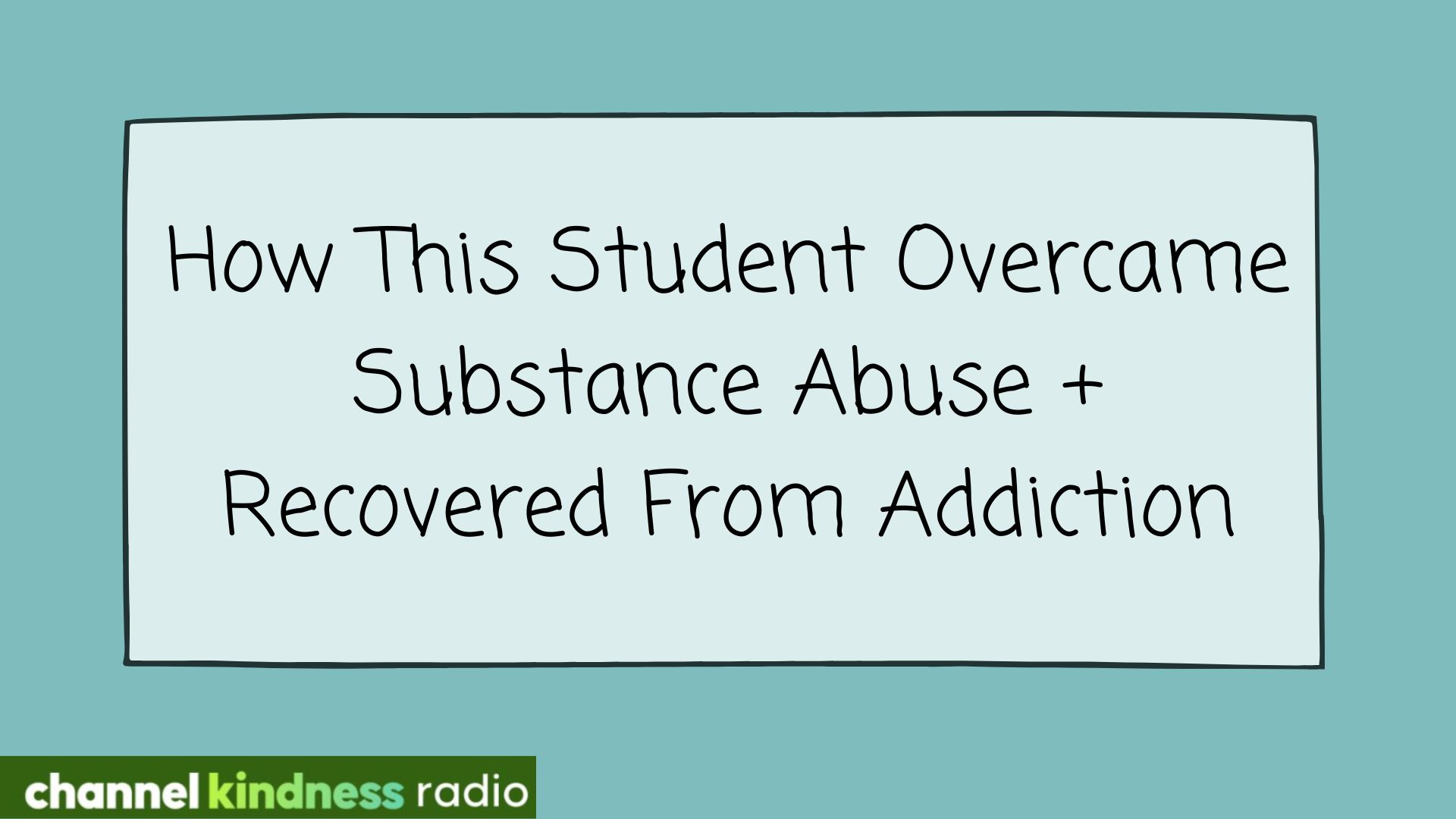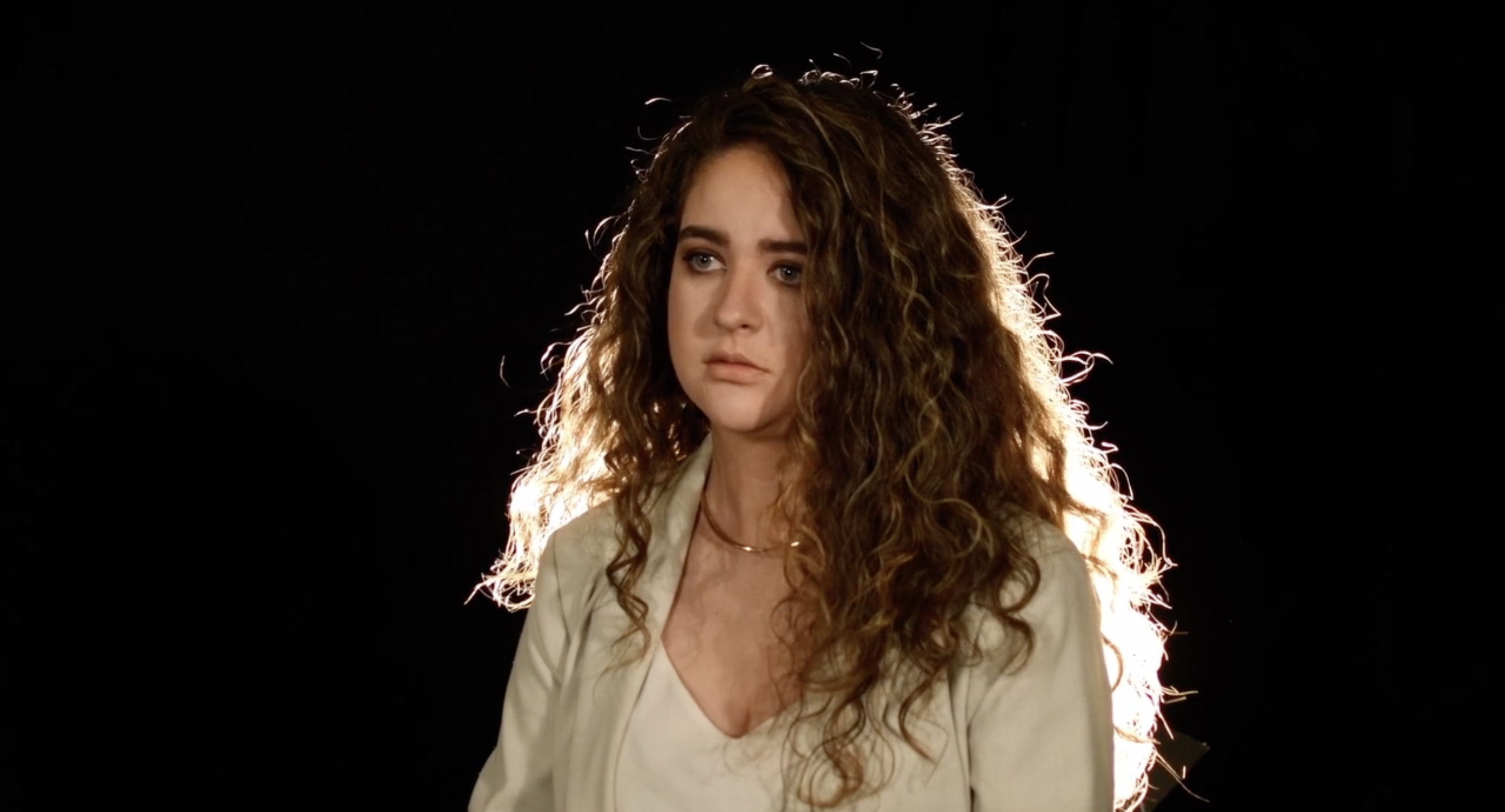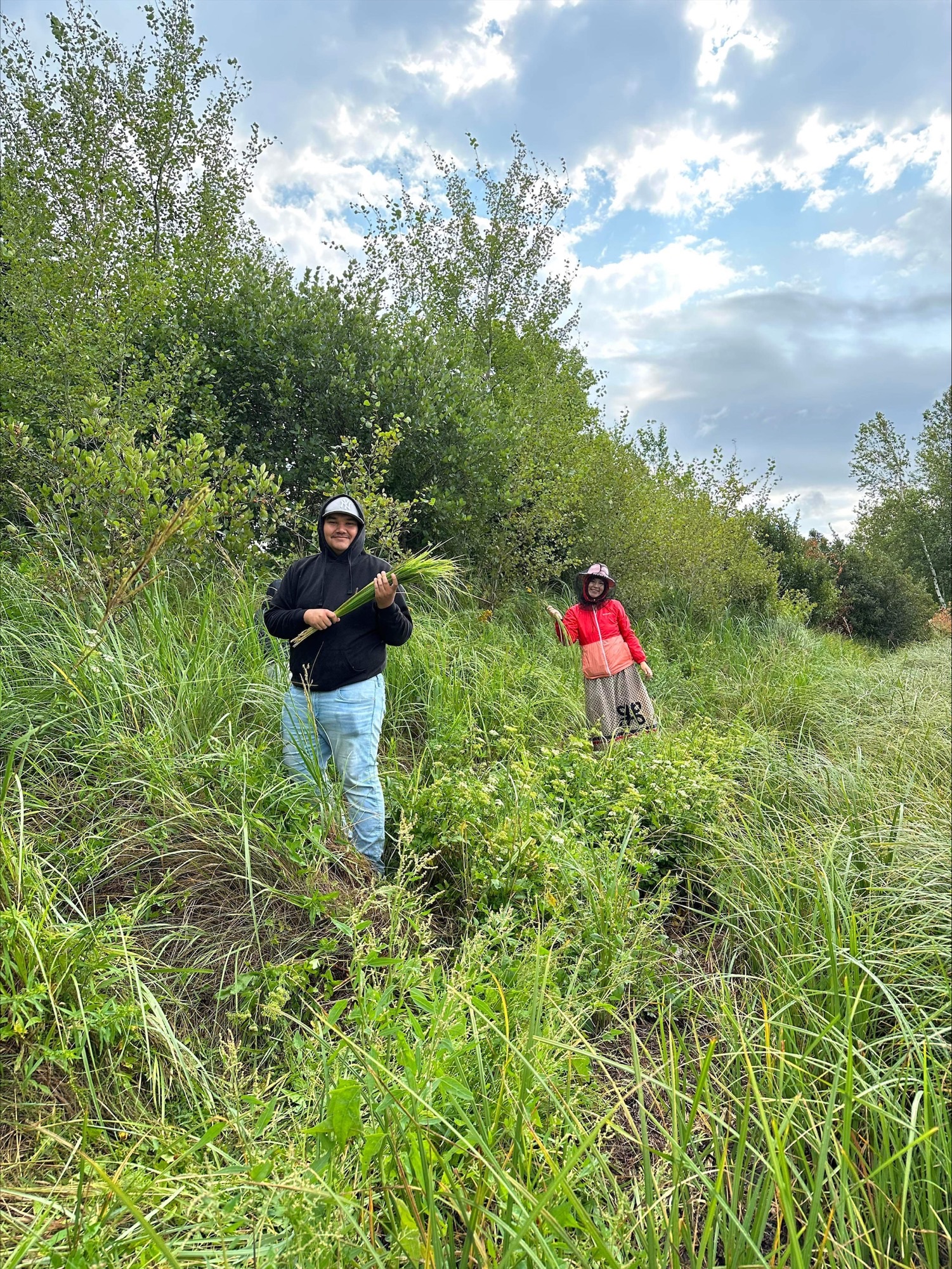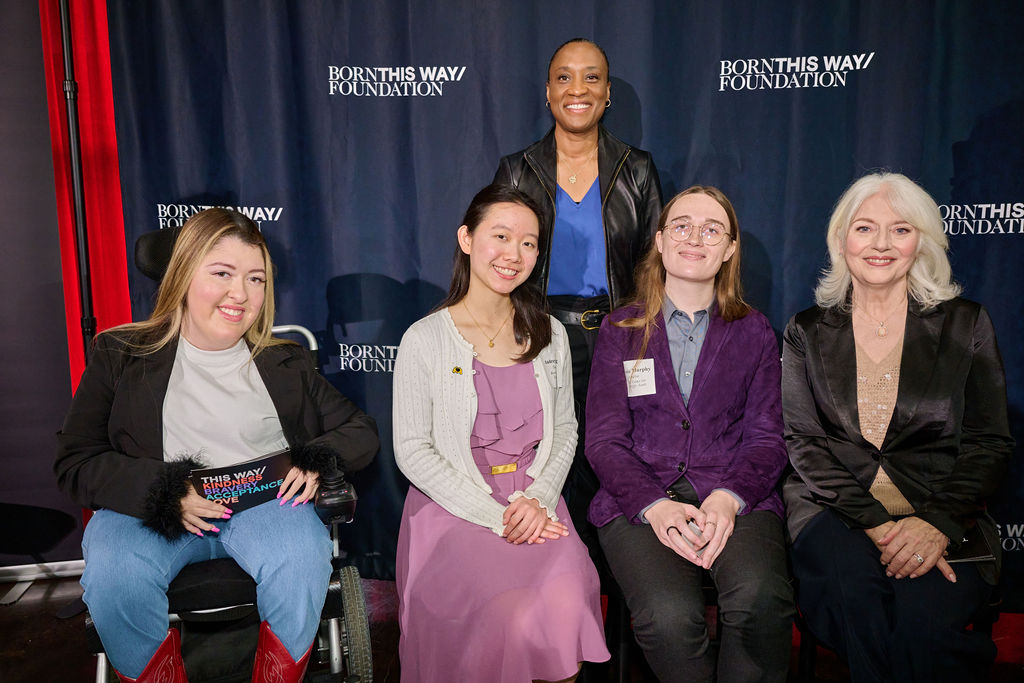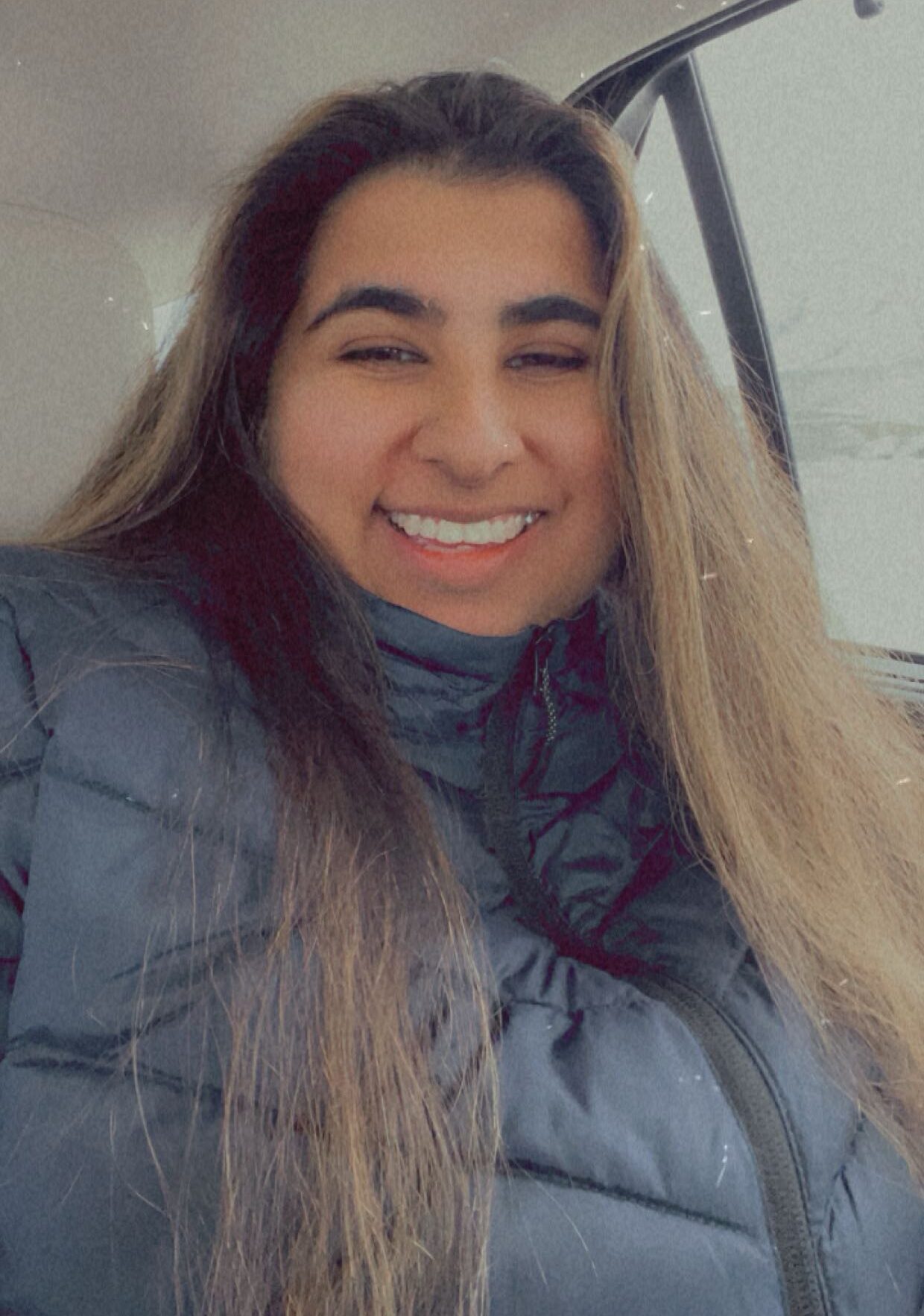Tens of thousands of people came together at We Rise, a pop-up festival of arts and community-building in Downtown LA, promoting mental health and well-being amongst Angelenos.
Prominent artists, athletes, and activists such as Common, Kobe Bryant, and Bamby Salcedo contributed their time and their art and explored many intersectionalities with mental illness and trauma, such as homelessness, mass incarceration, gun violence, the Time’s Up movement, and more.
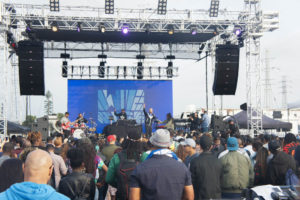
The festival, hosted by the LA Department of Mental Health, also provided many opportunities for youth to learn self-care strategies, whether it was through hosting dance workshops with Jabbawockeez, starting mornings with yoga and meditation sessions, or offering art supplies for people to make their own art.
We had the opportunity to catch up with Douglas Miles, a distinguished Native American artist, best known by his company, Apache Skateboards, who painted a piece for the festival on the side stage during the We Rise rally on May 19th.
Q: What drew you to We Rise?
A: What drew me to We Rise was two things. One, I think that the issues of mental health, healing, wellness, and all the things that come with that, building stronger communities and families and youth, are underrepresented. What America often looks at instead is the end result, victims of the symptoms of what happens when you’re depressed or what happens when you’re feeling oppressed by the system, or feeling shut out of your own community. And so the focus becomes more on substance abuse or alcohol abuse or addiction, but a lot of the things have a root.
I’m not a licensed therapist, but from a personal standpoint, [I believe these issues] root in mental health issues. These issues can also go undiagnosed or unseen or un-talked because you know, we all live in a society where we’re all taught, in particular as men, let’s just “man up,” (which) really means just be quiet and don’t say nothing. But that’s the first thing that drew me to We Rise: mental health issues in America and how to address them is really underrepresented, particularly with young people.
The second is, it’s very, very rare, almost nonexistent to see a Native American work in a venue (like We Rise), and to allow Native American artists a chance and opportunity to share. Even if I’m just painting, I’m sharing my life and part of my culture, a part of what makes me Native American, but at the same time letting people know we struggle with mental health issues, too. We Rise, by inviting me, allowed a Native American artist like myself and Native American people to have a voice on the issues of why it’s important to address mental health.
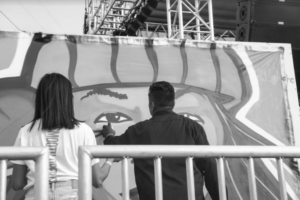
Q: Can you tell us more about your work with young people?
A: Yes, I’ve worked with a lot of young people in my home community and in other communities. I have four children of my own; they’re all grown now and having children of their own. I have a skateboard company called Apache Skateboards, so I sponsor young people. It’s funny because I always felt like, well, I’m going to draw the line and not going to act like a parent with them, but it’s inevitable. At some point they meet some problems, and I may have to help them. But you learn a lot when you’re working with young people; you learn a lot about the challenges and stressors of a young person’s life.
What people don’t realize is, oftentimes what happens is that when you’re young, everything seems so epic. And it’s great and it’s amazing and it’s wonderful if you’re a creative person because you can take that epic outlook on the world and put it into the art, but if you don’t have that in your mind – this art process – then those epic feelings can go sometimes in the wrong direction.
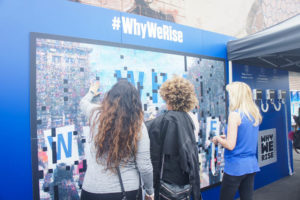
Q: Why is it important for artists to be involved with We Rise talking about these issues?
A: Whether they want to admit or not, artists from all communities have a responsibility to the communities they’re from to speak about important issues. I’m sure every artist (at We Rise) that was there and performed thought so, too.
Q: What inspired the piece that you painted during We Rise?
A: I had that design for a while, which is a Native American man pulling out a heart but he had thorns around the heart. And I remember when I first drew it, I was really hesitant to put it online. I put a lot of work on social media, but for this piece, when I first drew it years ago, I didn’t know if I wanted to put this out there because even just putting it out there made me feel vulnerable, because it really is an image of vulnerability.
But what is interesting about the image is it’s also an image of strength, of vulnerability and strength at the same time because when we give our heart, we open up our hearts to people or the world but oftentimes we still have a way to protect it, and we don’t open it all the way. That’s what the thorns represent, how we all have built up these kinds of defense mechanisms to keep ourselves from being hurt. Interestingly enough, it’s an image of thorns around a heart – I don’t know what else say about it.
Q: Interestingly enough, it’s the thing that hurts.
A: Exactly, and by sharing the image, I want people to know it’s OK to share your heart, and it’s OK to hurt at the same time.
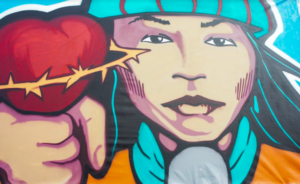
Q: What advice would you have for youth?
A: I think my advice for young people is to let them know it’s OK to be hurt, it’s not OK that you’re hurting but it’s OK to share your hurt, and it’s OK to share your pain, your stress, or your worries, doubts, fears, shortcomings, and woes. And if you find someone you can share that with, it’s even better, because that gives you a connection with someone else, and you never know if someone else might be feeling the same way, and you could be helping them, too.
My second piece of advice would be if you want to be creative and you want to do something – whether it’s drawing or poetry or film or photography or singing or dancing – explore it and learn it and study it and do it. And do it, do as much as you want, whenever you want. Do it when no one’s watching. Because at some point, you do it so much you’ll become a part of it. And then once it becomes a part of you, you’ll start to create your own style – but it starts with doing it.
My third bit of advice for youth who want to get creative or just want to get good at anything, is this: Everyone’s good at something. Find out what you’re good at, and keep doing it. That’s probably the simplest key to success – find what you’re good at, and keep doing it. And do it over and over and over. I think that’s been the key to my own success really – I found out I was good at drawing, and I kept drawing and drawing and drawing; and I found out that I was good at drawing this one character who happens to be my Apache woman, and I just kept drawing and drawing it, and over time, it started to resonate with people and there I was, at We Rise.
To see more of Douglas Miles’ work, please visit http://apacheskateboards.com/. For more about the We Rise rally, please check out http://werise.la/.




